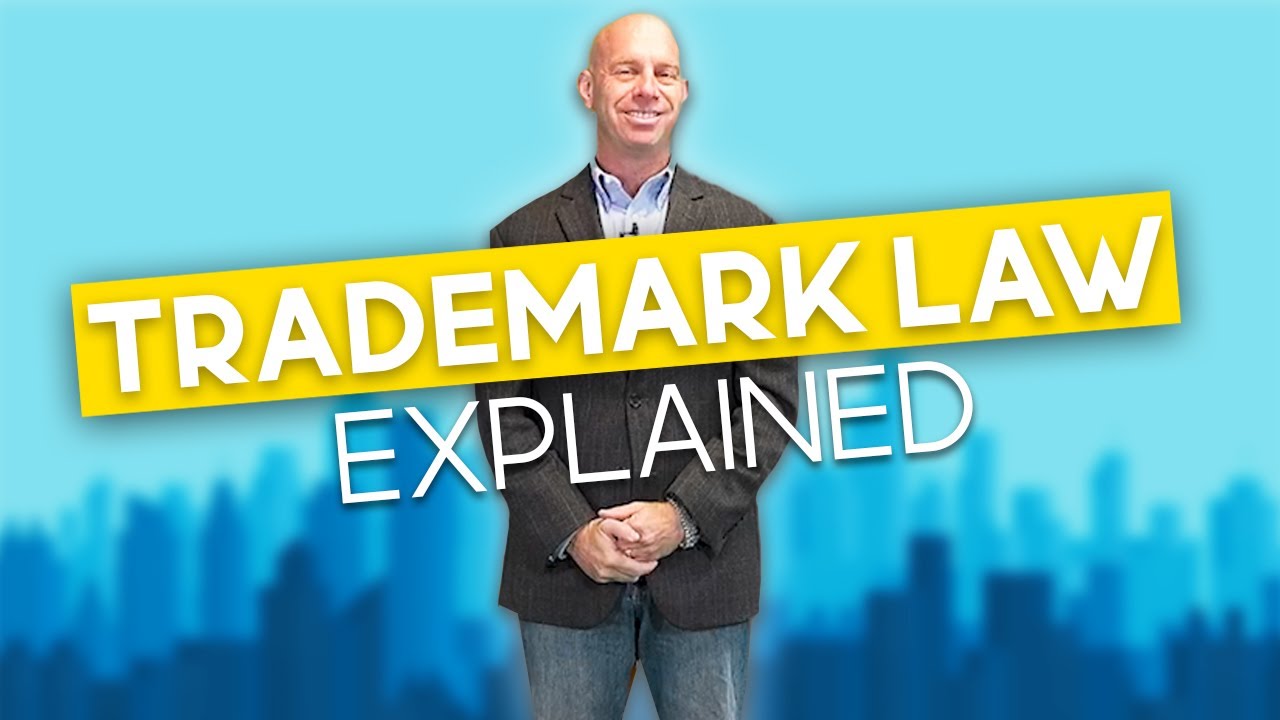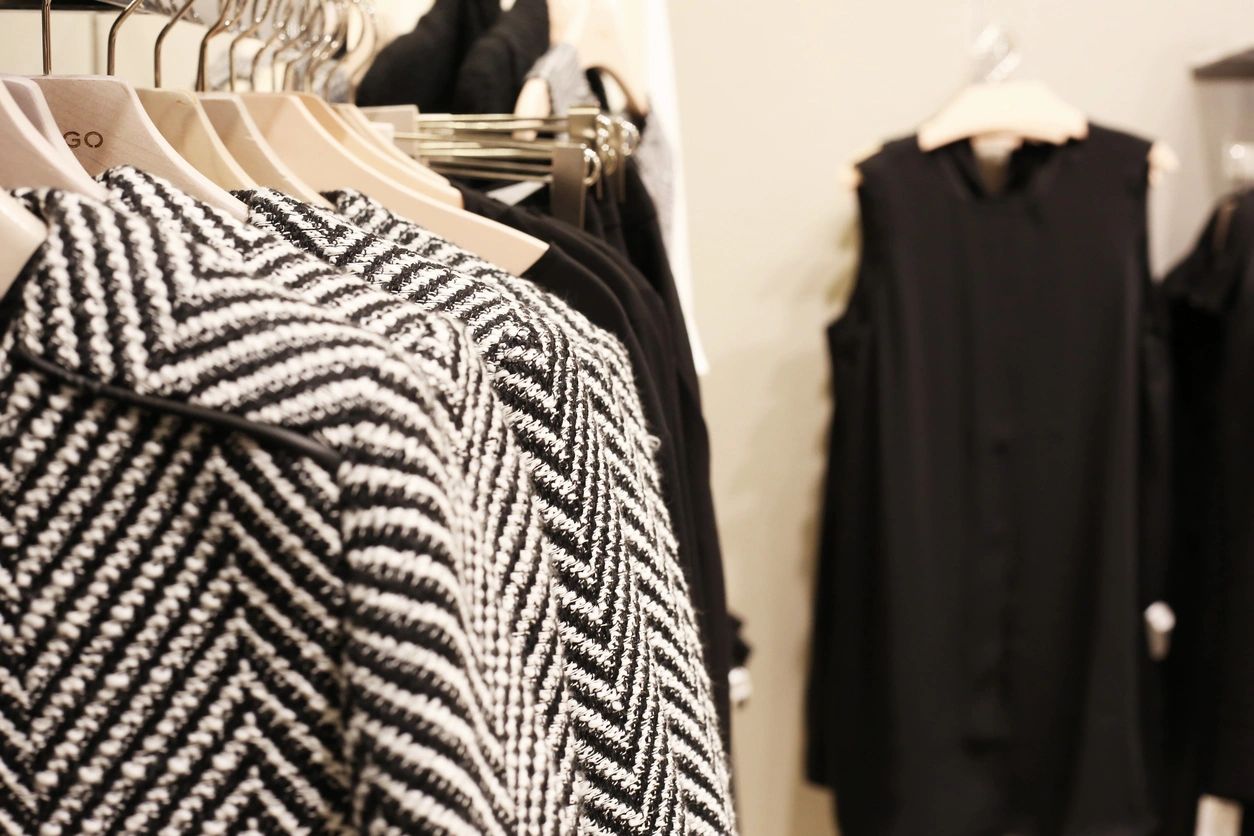
Trademark Infringement Protection in China

If you the Seller are implicated for infringing upon another’s trademark, hiring an experienced attorney is vital. Their first step will likely be to approach the Trademark Review Adjudication Board (TRAB). Their plan of action is expected to take the following course:
First, they will likely plead that the trademark granted to the plaintiff should not have been given. Second, that in the event that the holder’s trademark is accurate, their client (you) filed first is from the same class and is too comparable.
1. The Trademark Shouldn’t Have Been Allowed In The First Place
This method is almost self-explanatory, where the argument follows where your attorney would dispute the trademark’s validity, and therefore undermining their suit. In doing so, the trademark would be disregarded under “absolute grounds”. This is detailed under Articles 10, 11, and 12 of the Trademark Law of the People’s Republic of China. [1]
According to Article 10, any of the below characteristics would make the Trademark invalid:
A) Those identical with or similar to the State name, national flag, and other entities of the state;
B) Those identical with or similar to the State name, national flag, national emblem or military flag etc., of a foreign country, except with the consent of the government of that country;
C) Those identical with or similar to the name, flag or emblem of an international intergovernmental organization, except with the consent of that organization or except where it is unlikely to mislead the public;
D) Those identical with or similar to an official mark or inspection stamp that indicates control and guarantee, except where authorized;
E) Those identical with or similar to the symbol or name of the Red Cross or the Red Crescent;
F) Those having the nature of discrimination against any nationality;
G) Those that are deceptive and likely to mislead the public in terms of the quality, place of production or other characteristics of the goods; and
H) Those detrimental to socialist ethics or customs or having other unwholesome influences. [2]
This is a great course of action, if the trademark you are arguing against can be defined under any of the above credentials. Another form of action is using Article 11 or 12 of the Trademark Law of the People’s Republic of China.
Doing this would state that the trademark does the following:
A) Bears only the generic name, design, or model number of the goods concerned;
B) Directly indicates the quality, principal raw materials, function, use, weight, quantity or other features of the goods; and
C) Otherwise lacks any distinctive character. [3]
Arguing that the trademark is generic entails that the trademark is applicable to many over-arching artistic forms or objects. An example of this is the company “Apple”. The company sells products that sells phones, tablets, computers, and other electronic goods. However, if they sold apples, it would be unfair for them to have a valid trademark for “Apple” since it applies to the general product they, and others similar to them, are selling.
2. The Seller Filed First & The Product Is Too Comparable
If the first course of action, arguing that the Trademark should not have been granted in the first place, is not accepted, then a second course of action in the form of arguing that you, the Seller, applied for the trademark first is another acceptable method. This works well in China, because China is a first-to-file country. Meaning, the trademark is valid to the person who files first upon acceptance.
Article 31 describes this process below:
Where two or more applicants apply to register identical or similar trademarks for use on the same kind of goods or similar goods, the trademark office shall first conduct examination of, give approval to and announce the trademark whose registration is applied for earlier than the rest. [4]
Once the Seller has proven that they are the party who filed first, the second step would be to prove that the product is too similar to be granted trademark status. This is a seemingly straightforward step, however there is much room for ambiguity; this is because the court ultimately decides based on their own definition of similarity.
Overall, it is important for you the Seller to firstly apply for a trademark in China as soon as interested, because of the first-to-file status of the country, and to keep in mind that there is some room for interpretation on the court-end of the proceedings.
Trademark Infringement Protection in China
[1] http://www.wipo.int/edocs/lexdocs/laws/en/cn/cn195en.pdf
[2] Article 10 http://www.wipo.int/edocs/lexdocs/laws/en/cn/cn195en.pdf
[3] Article 11 http://www.wipo.int/edocs/lexdocs/laws/en/cn/cn195en.pdf
[4] Article 31 http://www.wipo.int/edocs/lexdocs/laws/en/cn/cn195en.pdf








